Understanding how to train muscle groups effectively is fundamental to maximizing your workout results, promoting balanced muscular development, and avoiding injury. Whether your goal is strength, hypertrophy, or overall fitness, strategically targeting different muscle groups is key.
Understanding the Main Muscle Groups
The body comprises several muscle groups, primarily categorized into major regions:
-
Upper Body Muscle Groups: Chest, Back, Shoulders, Biceps, and Triceps
-
Core Muscle Groups: Abdominal muscles and lower back
-
Lower Body Muscle Groups: Quadriceps, Hamstrings, Glutes, and Calves
Why Grouping Muscles Matters
Grouping muscles properly during workouts helps optimize recovery and performance. Proper muscle pairing involves training complementary muscle groups in a single session, such as chest and triceps, back and biceps, or legs and core. This approach ensures balanced muscular development and prevents overtraining specific areas.
Effective Muscle Group Pairings
Here are optimal muscle sets to combine in your routine:
-
Chest & Triceps: Exercises like bench press, push-ups, and triceps dips effectively target both groups simultaneously.
-
Back & Biceps: Pull-ups, bent-over rows, and bicep curls synergistically engage these muscles.
-
Legs & Core: Squats, lunges, and deadlifts train the legs and require significant core stability.
Best Exercises by Muscle Group
Upper Body Workouts:
-
Chest: Bench Press, Dumbbell Flyes, Push-ups
-
Back: Pull-ups, Rows, Lat Pulldowns
-
Shoulders: Overhead Press, Lateral Raises
-
Arms: Bicep Curls, Triceps Extensions
Core Workouts:
-
Abs: Planks, Crunches, Russian Twists
-
Lower Back: Back Extensions, Good Mornings
Lower Body Workouts:
-
Quadriceps: Squats, Leg Press
-
Hamstrings: Romanian Deadlifts, Leg Curls
-
Glutes: Hip Thrusts, Lunges
-
Calves: Calf Raises
How to Structure Muscle Group Workouts
Training every muscle group effectively involves strategic planning:
-
Full-Body Routines: Ideal for beginners or those short on time, targeting all muscle groups in one session.
-
Split Routines: Advanced lifters benefit from dedicating different days to specific muscle groups, such as upper/lower splits or push/pull/legs routines.
Targeted Muscle Training
A targeted muscle approach helps if certain muscle groups lag behind. Focused exercises with higher frequency and varying intensity levels can significantly enhance development. For instance, specialized arm muscle group workouts might include additional isolation exercises like preacher curls or cable triceps pushdowns.
Personal Experience Insight
In my fitness journey, I've found immense value in periodically shifting between full-body workouts and split routines. Initially, full-body workouts helped me build a solid fitness foundation, ensuring balanced muscle group development. As I progressed, adopting a split routine allowed me to emphasize weaker muscle groups, achieving balanced aesthetics and strength.
Optimal Body Part Training Tips
-
Rotate exercises regularly to stimulate different muscle fibers.
-
Prioritize form over weight to effectively engage targeted muscles.
-
Allow adequate recovery time, typically 48 hours between training sessions for the same muscle group.
Final Thoughts
Effectively training different muscle groups ensures balanced growth, improved functional strength, and reduced injury risk. Whether you're structuring workouts by muscle group pairings or emphasizing targeted muscle development, consistency and thoughtful planning are keys to success. Keep experimenting and adapting to discover what yields the best results for your body.


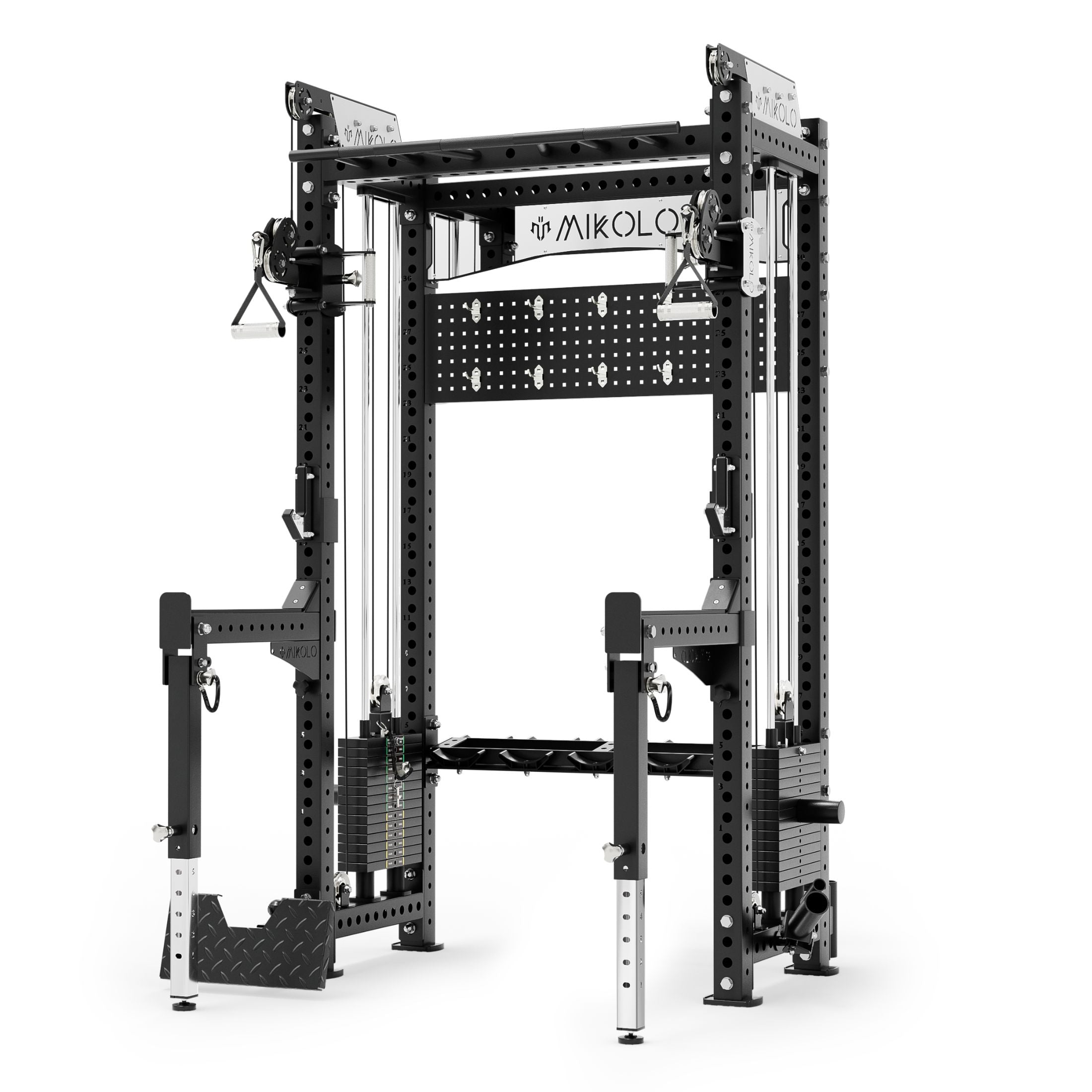
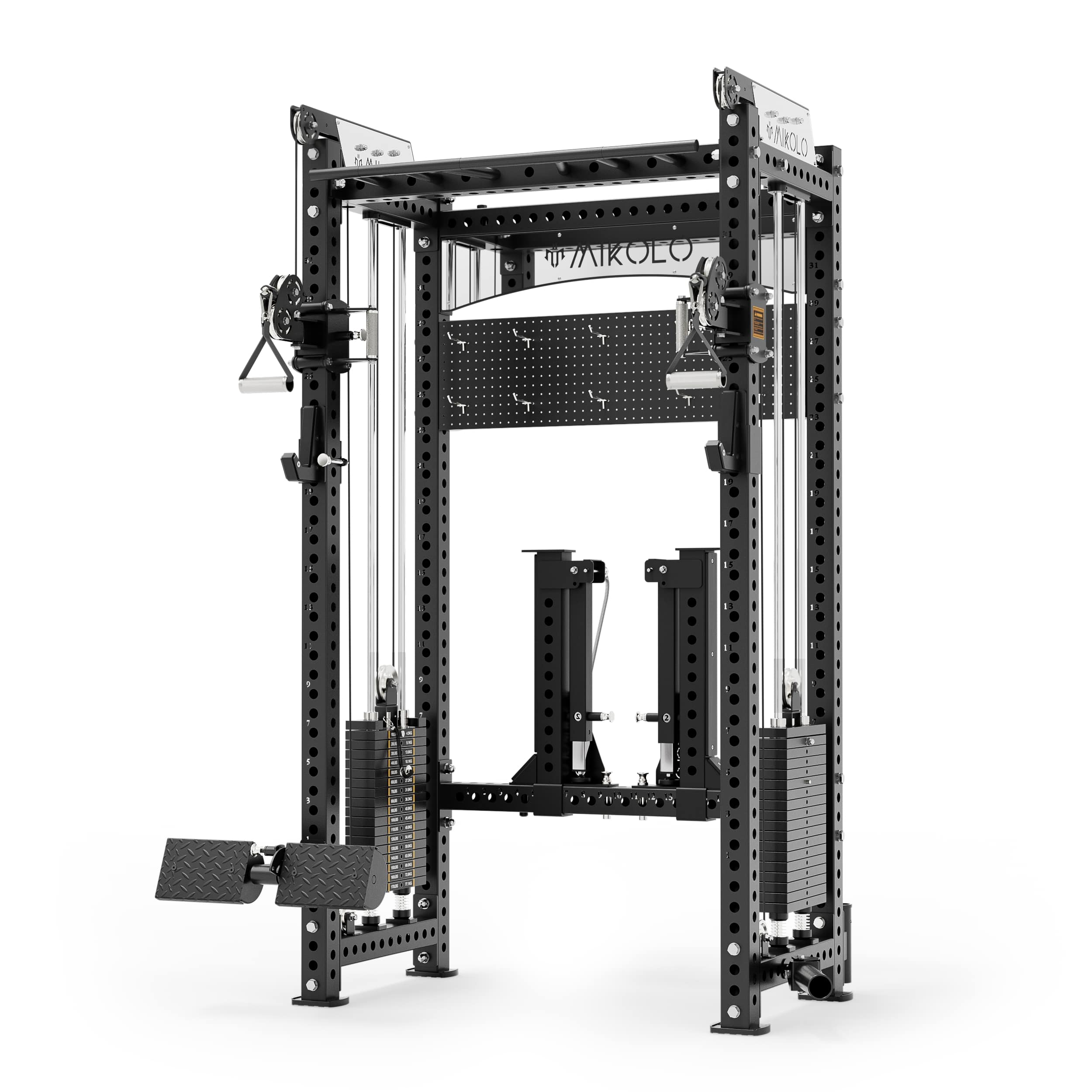
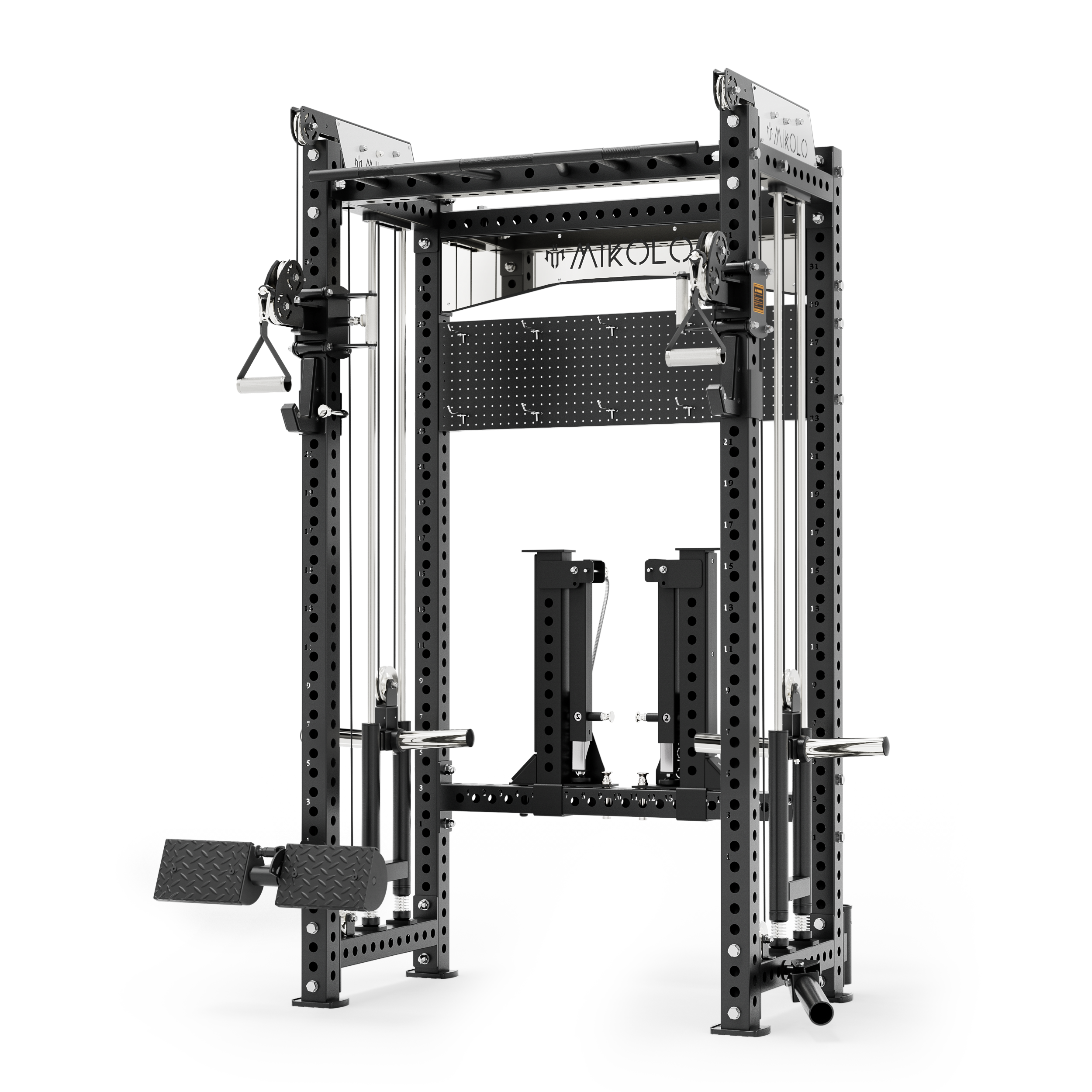


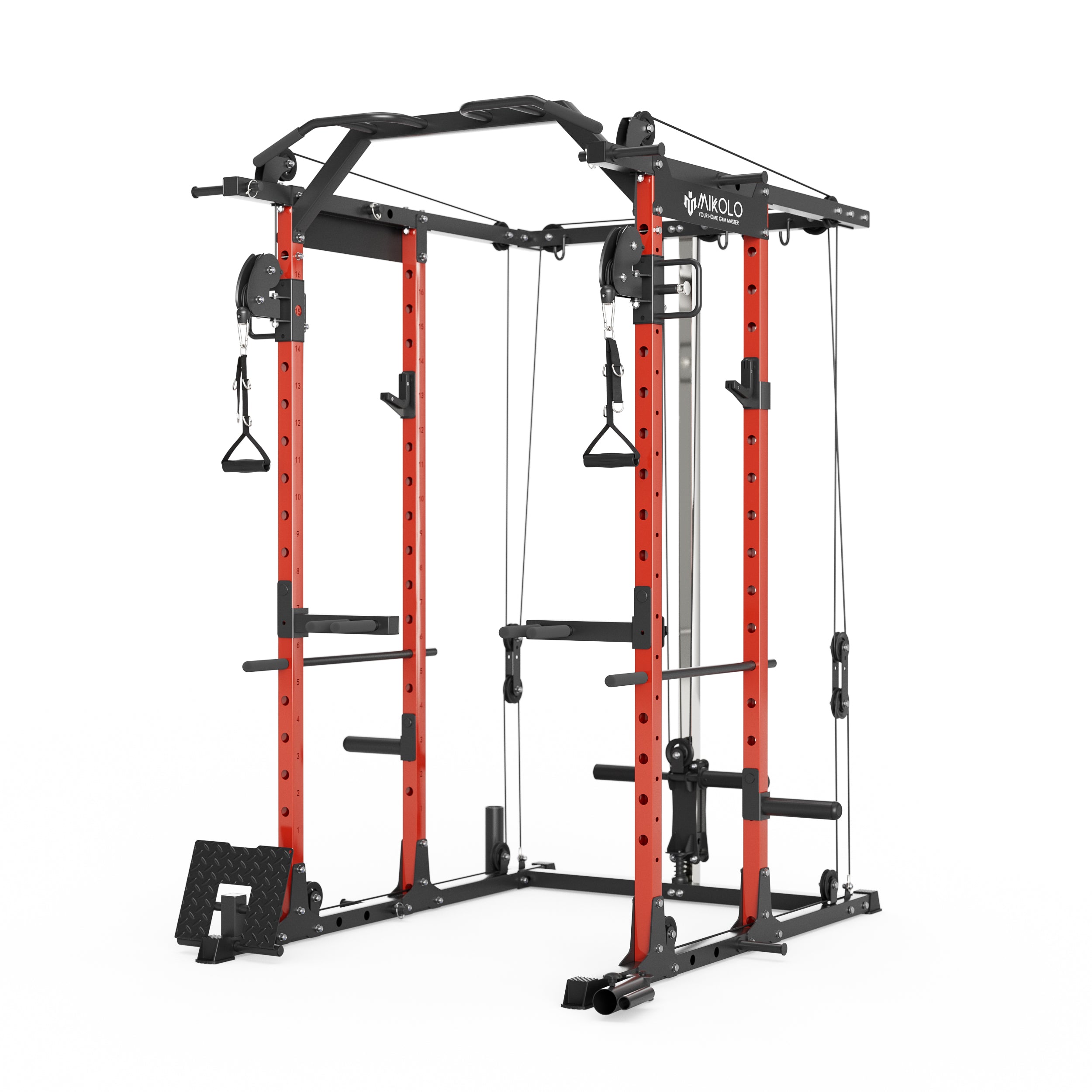
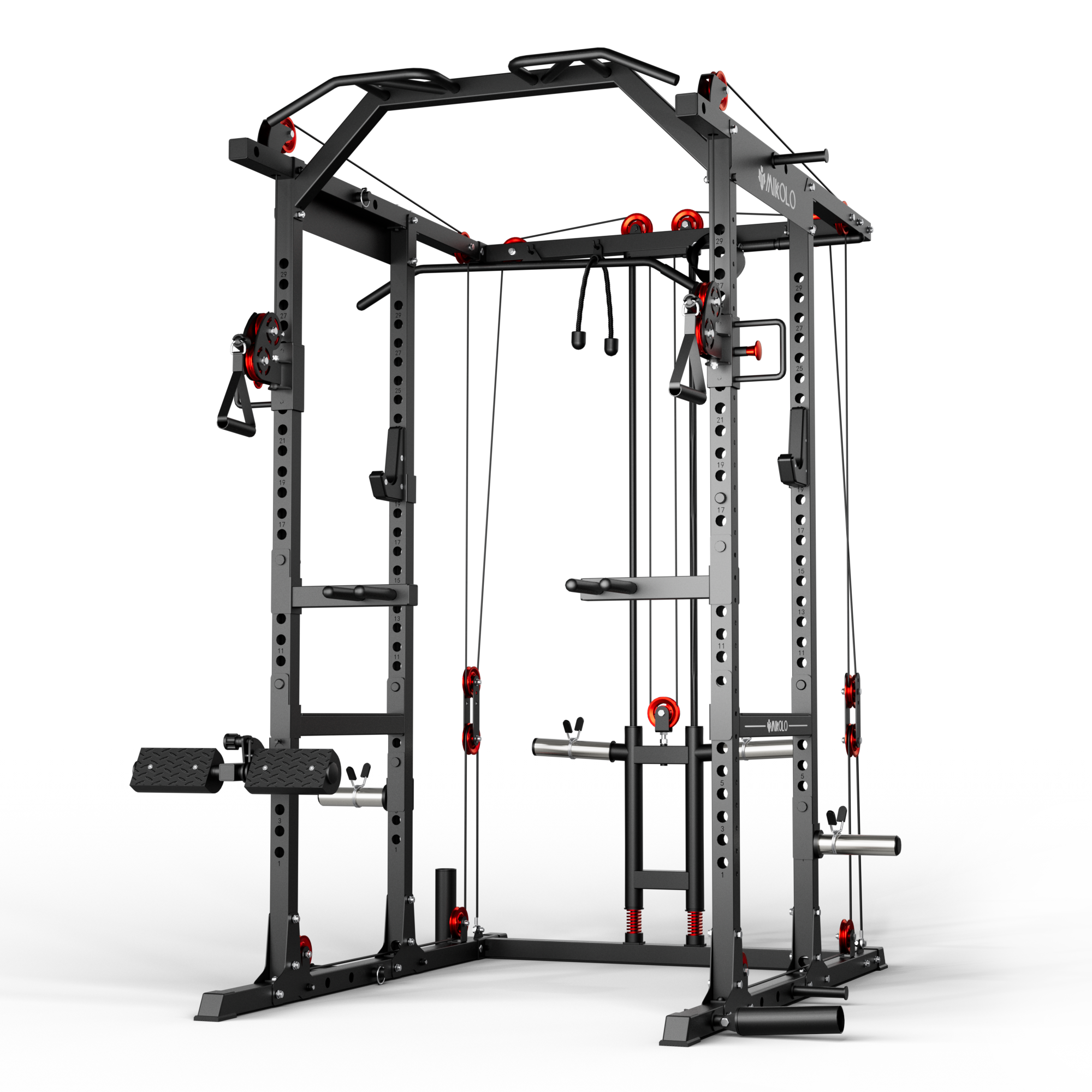


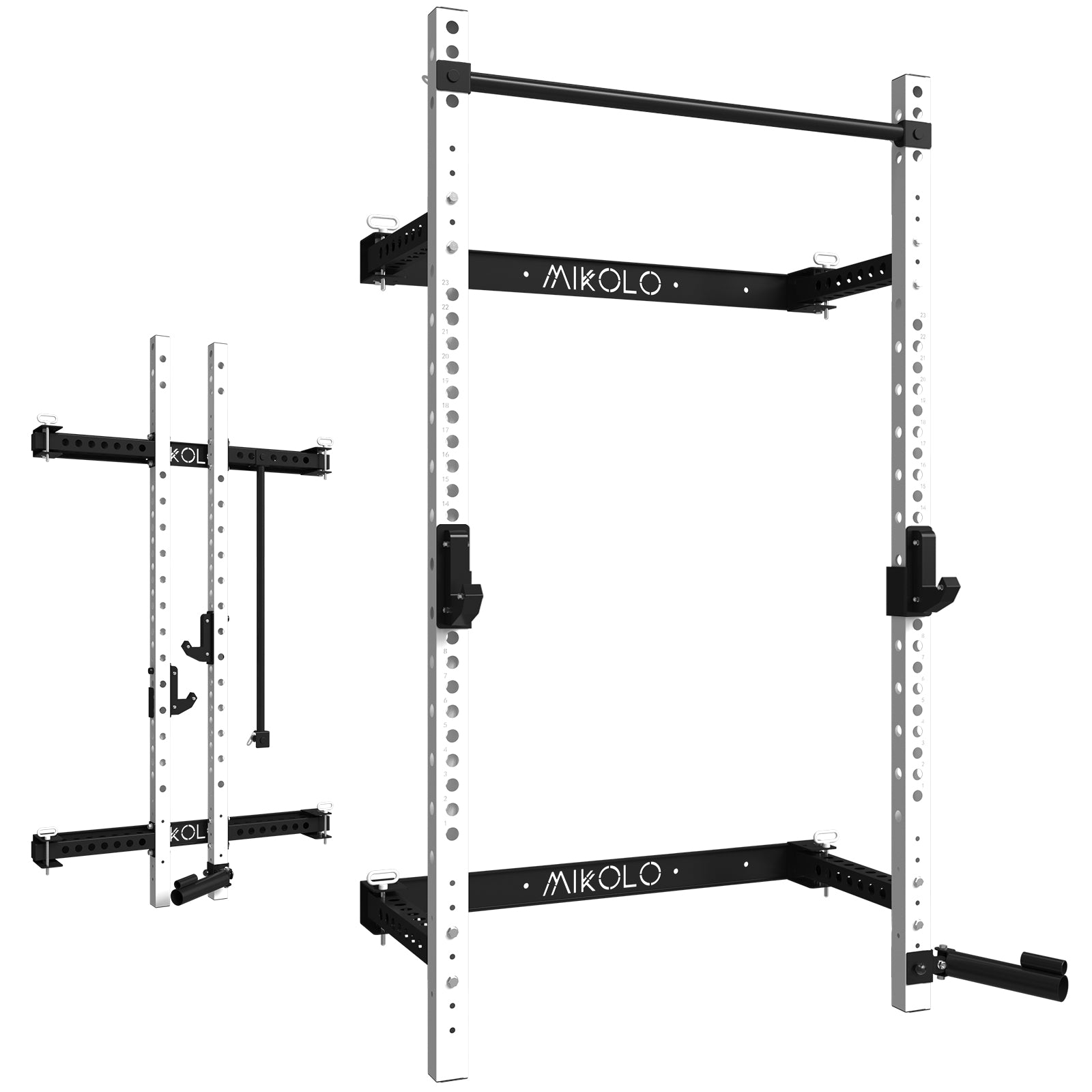


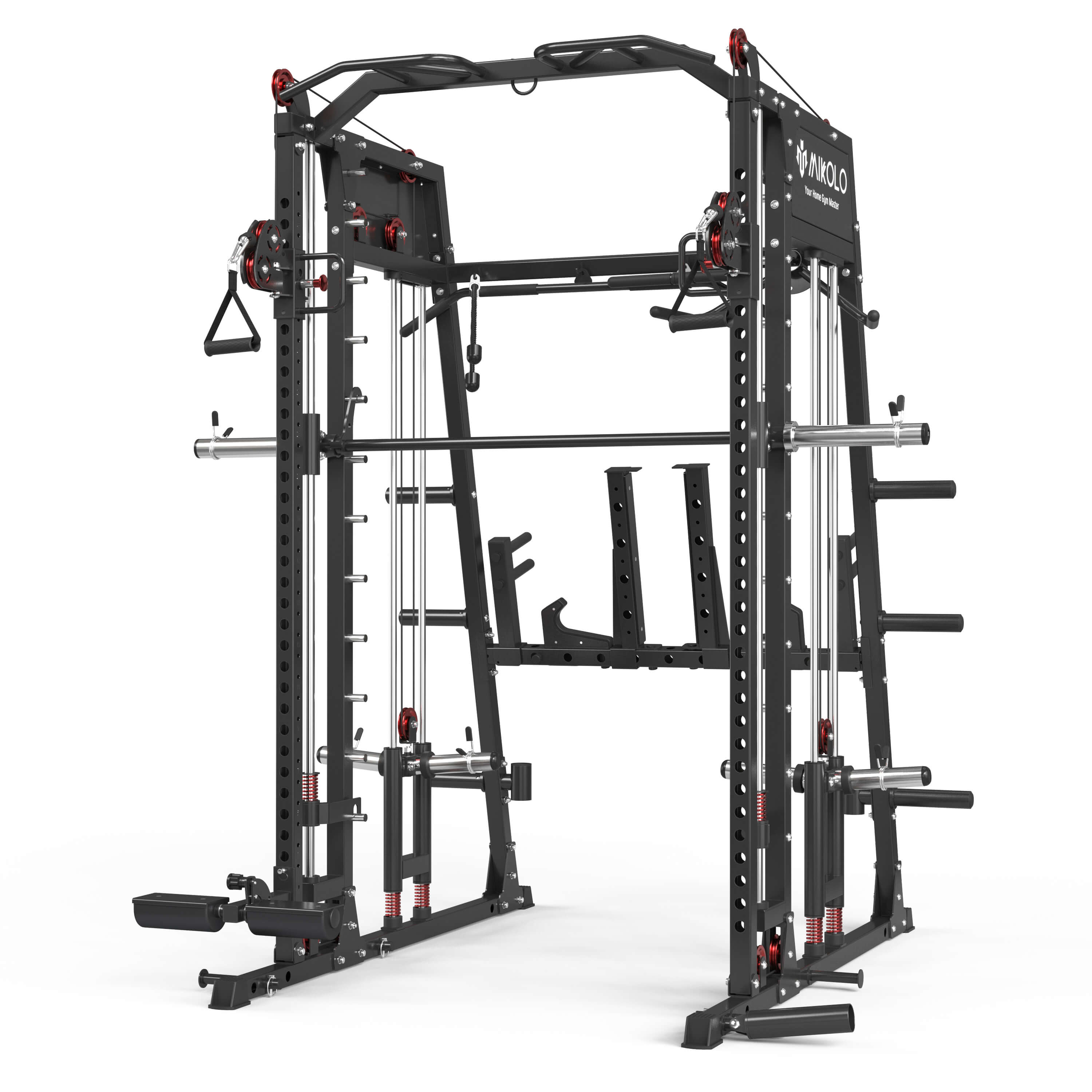
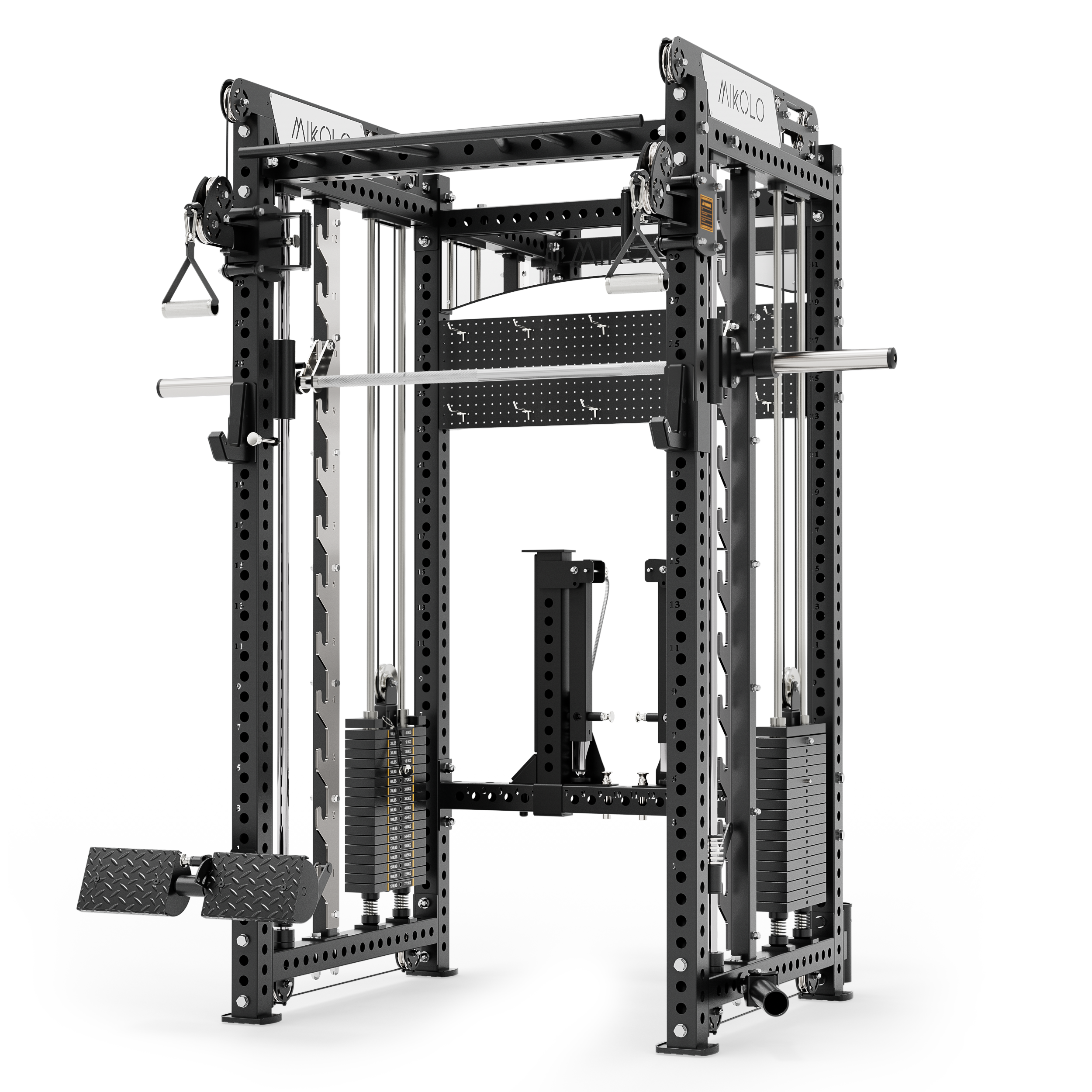
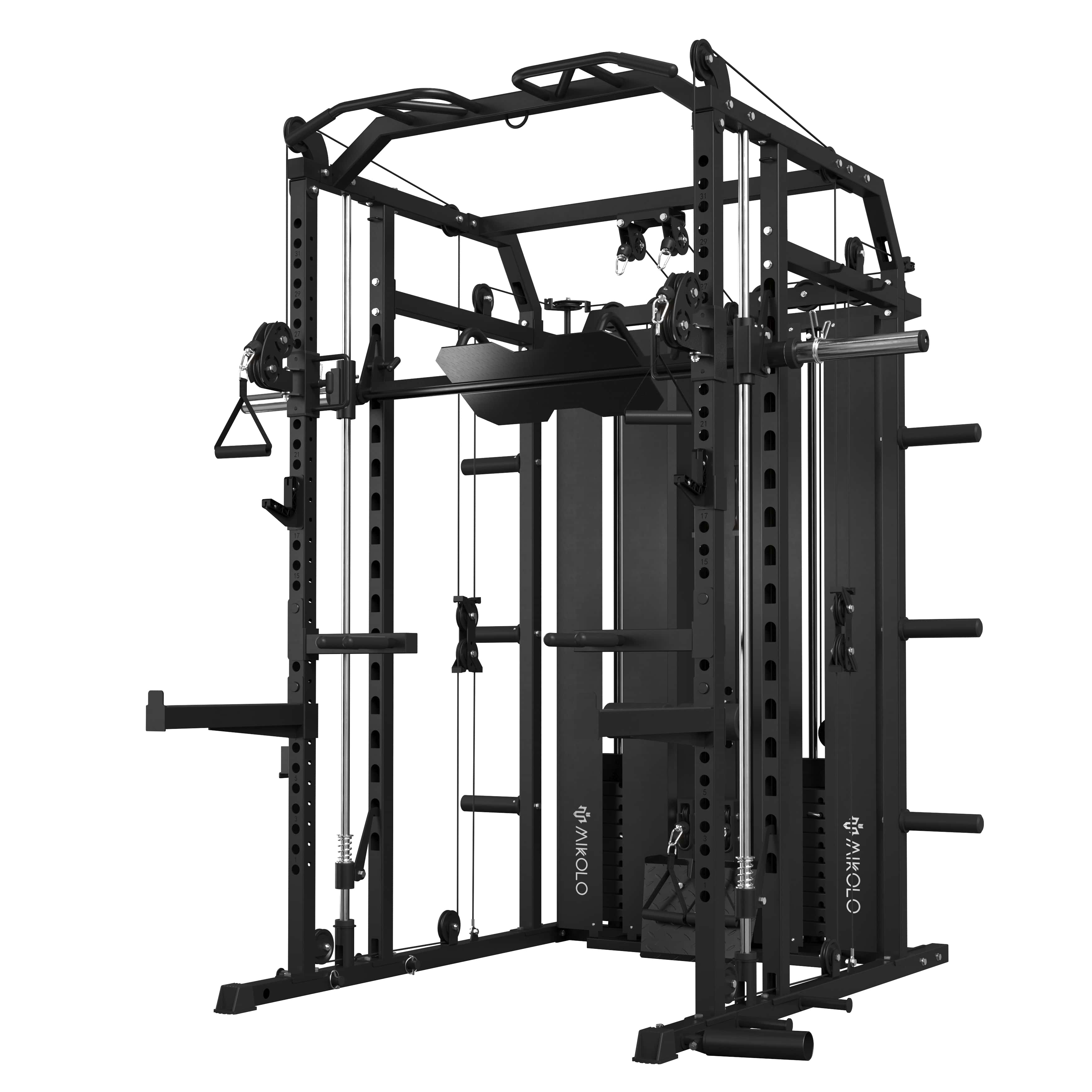




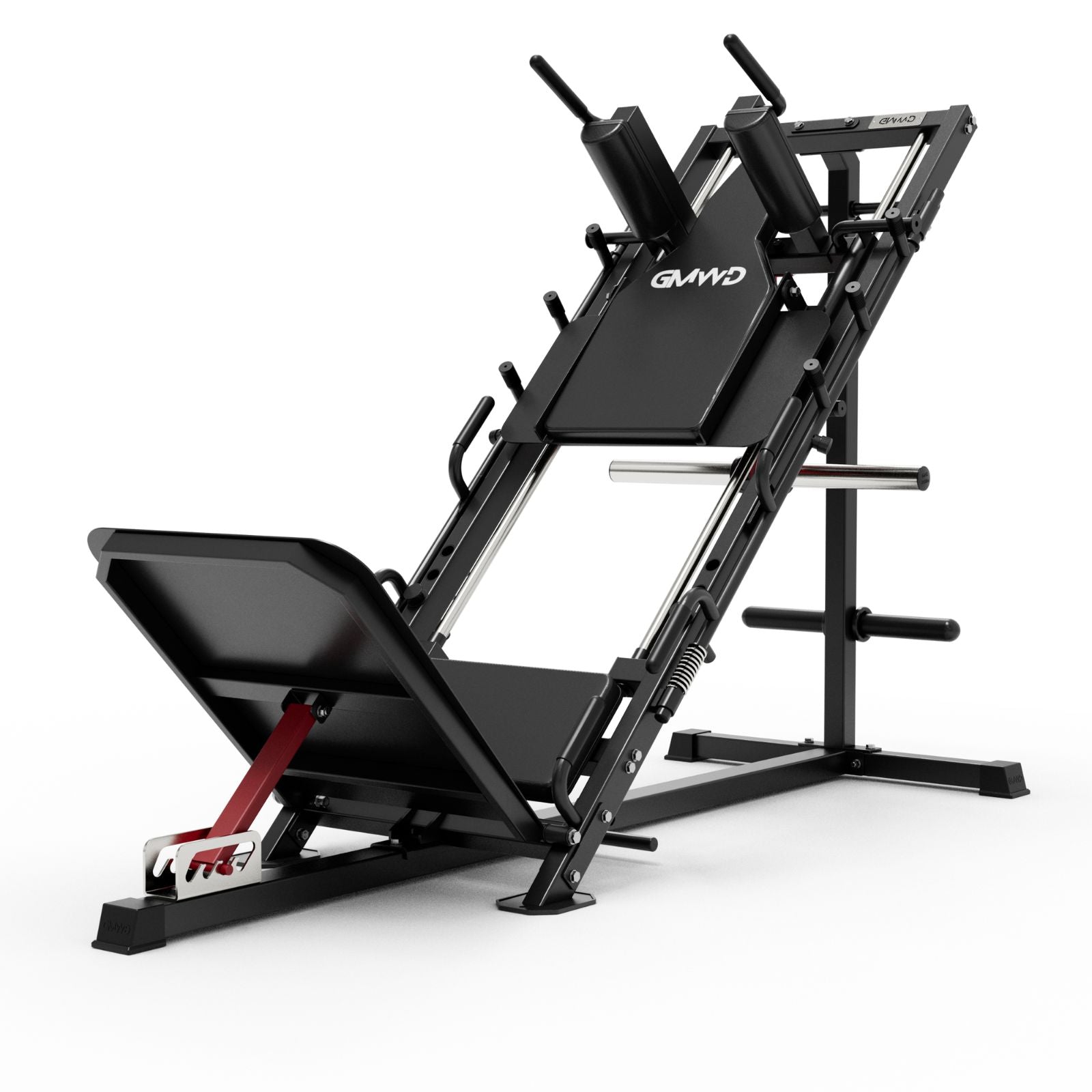





















Leave a comment
This site is protected by hCaptcha and the hCaptcha Privacy Policy and Terms of Service apply.